Nothing in Basket!
Our climate is changing giving us prolonged periods of hot dry weather. This means our plant choices are going to have to change as well.
During hot dry weather plants protect themselves and conserve energy by not producing as much nectar, this then goes on to impact bees and other pollinators as they struggle to find enough food.
Water is a precious commodity, and where possible we should be conserving it and reducing our consumption of it where we can. When watering a garden we should do it wisely, to save the plants as well as help to feed the pollinators.
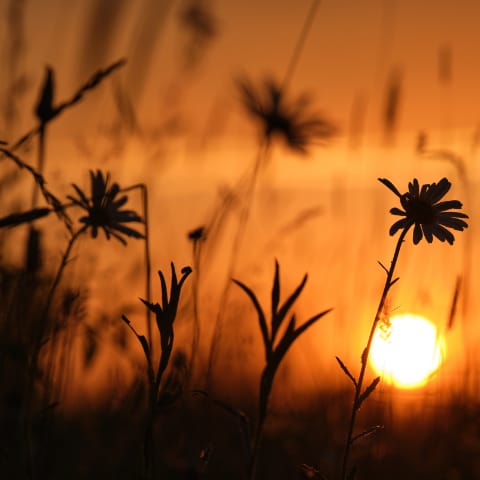
Follow our drought-busting tips to help your garden survive long hot summers.
The first thing gardeners can do is to collect rainwater, mulch flower beds and choose drought-tolerant plants.
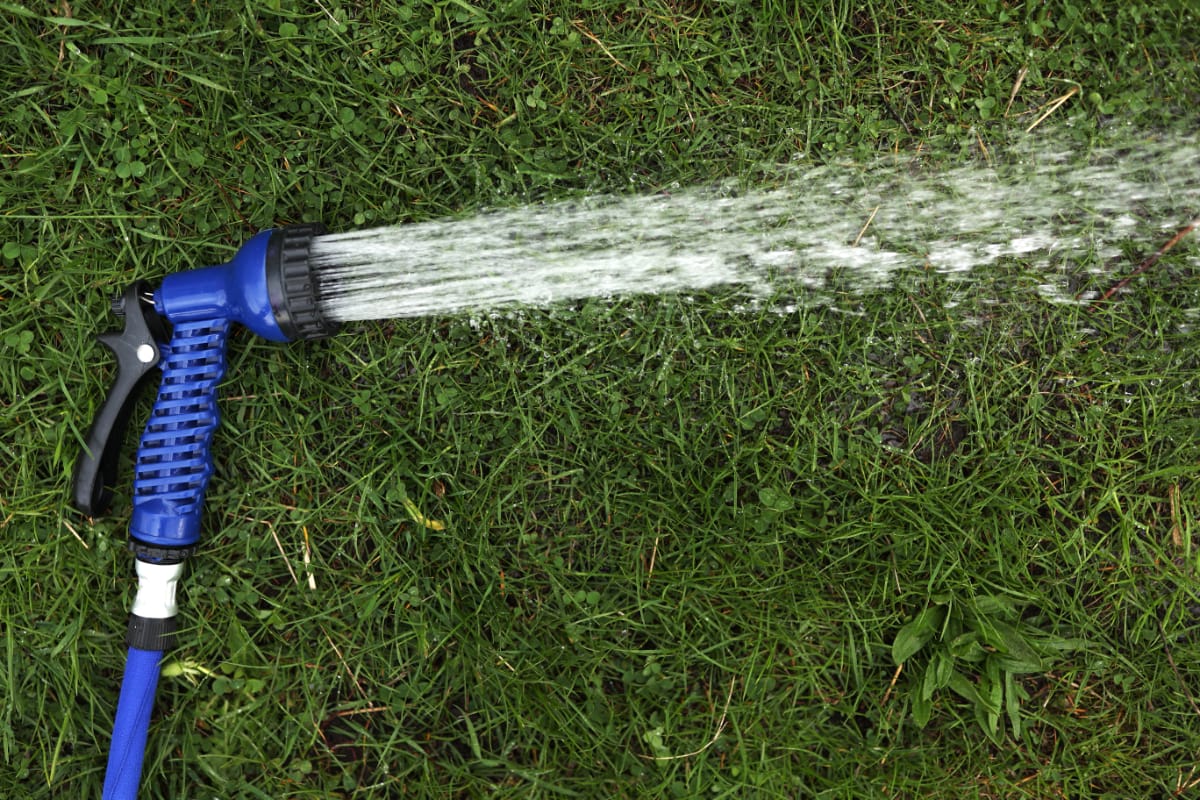
An established lawn, with a healthy root system, will withstand periods of drought. It always recovers quickly as soon as the rain returns.
If your lawn is still green and actively growing, adjust your mowing regime. Raise the height of your blade and let the clippings fall onto the mowed grass.
Plants ability to withstand drought can vary enormously. Prioritise less established plants and those that are showing clear signs of stress. Beyond that learn which plants need regular watering and which ones can survive without it.
By knowing which plants to prioritise, and when to water, you can make the best use of your time by watering those that need it most.
Plants requiring moist conditions, those in greenhouses and containers, need watering significantly more than mature trees, or drought-tolerant shrubs.
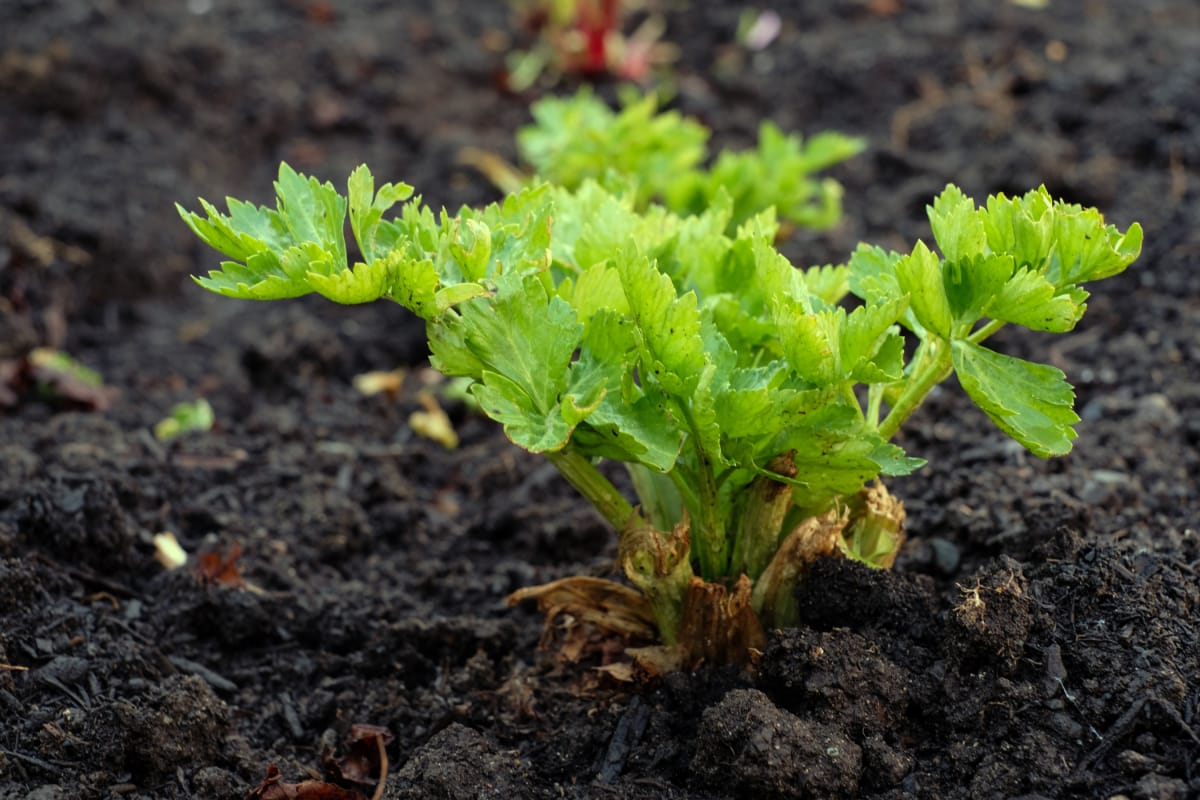
Your top priorities should be seedlings, cuttings and young plants that are not established yet, or anything you have only just planted. Plants potted in greenhouses and conservatories, such as tomatoes and cucumbers, are going to want lots of water.
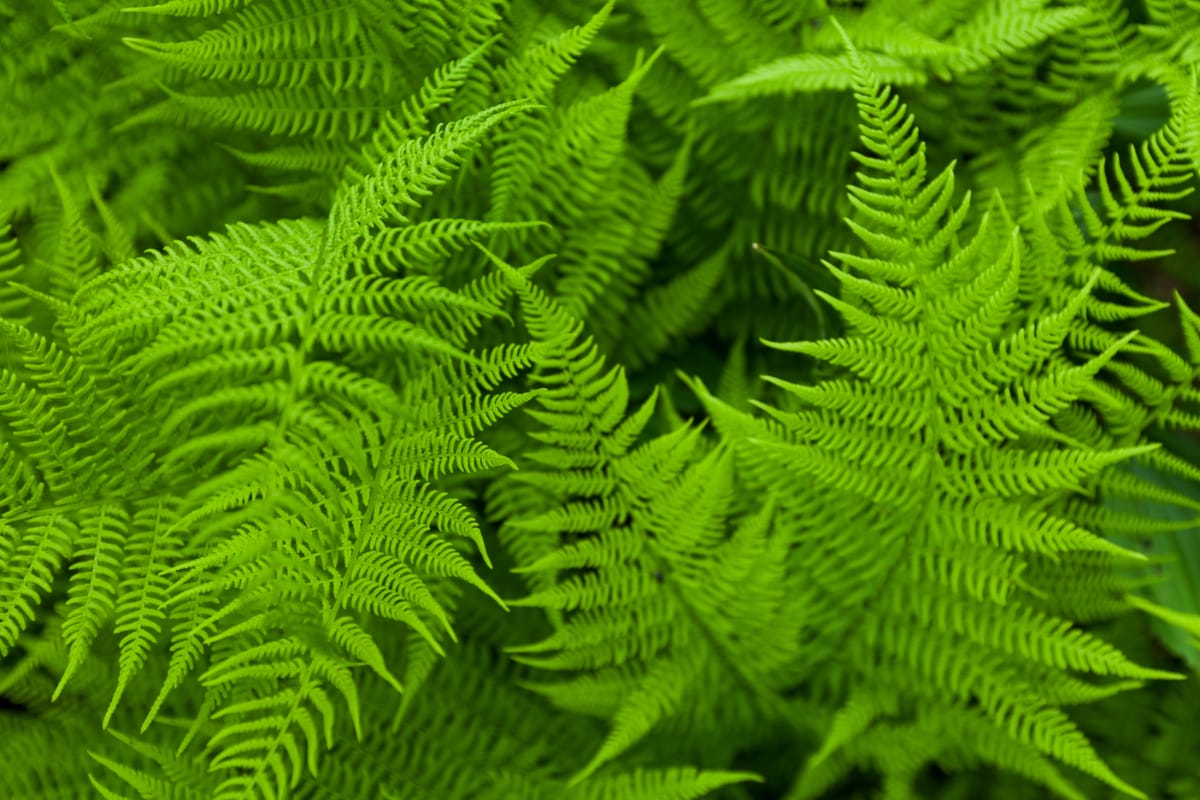
Next come plants with shallow root systems, including bedding plants and large, thin-leaved subtropical plants and ferns. Bog plants, moisture-loving perennials and many vegetable crops, like spinach and lettuce will suffer if they dry out.
During the heat wave of 2022 I found most of the initial watering of plants just rain off the dry flower beds into the lawn edge. I decided to dig trenches around the base of my new trees, shrubs and flowers and filled these with water and watched it slowly seep into the ground directly to the roots where it was needed.
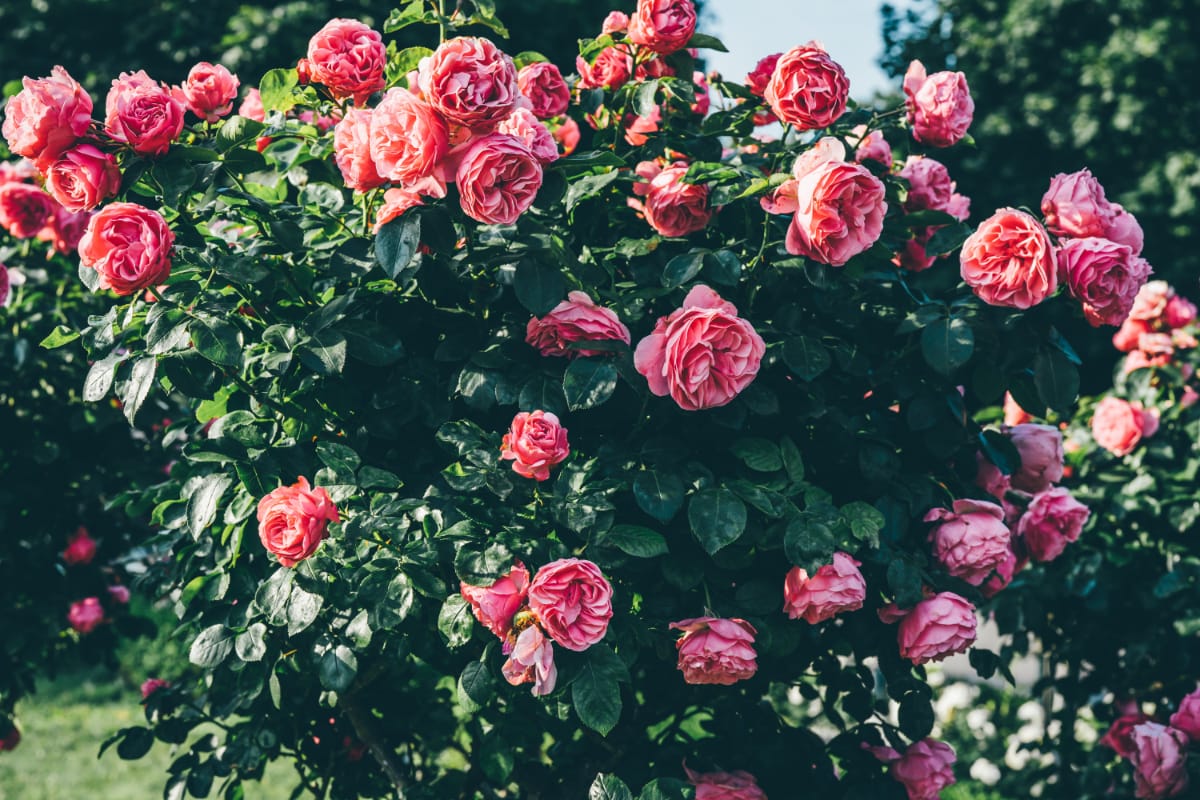
During long, dry spells, water plants that can normally fend for themselves, like clematis and roses, by soaking thoroughly once a fortnight. Also water fruit trees on dwarfing rootstocks and shallow rooted shrubs like camellias in this way.
Tougher plants can still thrive after periods of drought, such as verbascums. You do not need to water mature trees, shrubs and hedges - it's a complete waste of water. Lawns can also be left un-watered, don't worry about it turning brown it will recover as soon as it starts to rain.
A really good soaking every 10 days is sufficient for many plants during a drought. In general it's better to water less often, but to water thoroughly when you do.
Water during late evening or early morning when water is less likely to evaporate. Dig trenches around plants which can be filled up with water which can slowly seep into the roots. Water directly to the base and not over the top of a plant.
I'm a wildlife gardener first, so I welcome weeds into my garden. But if they are invasive and take over I reduce their numbers or remove them. Weeds compete with wildflowers and cultivated plants for moisture, light and nutrients. Keeping on top of weeding ensures the water goes where you feel it is most needed.

Minimise damage caused by future droughts by taking pre-emptive action:
With the change in our climate, and the need to conserve water, the best thing you can do is have the right plant in the right place where it will thrive without much intervention from you. There are beautiful plants available which are drought and flood resistant, maybe it is time to change over to these.
Here is a list of some of the plants that are suitable for hot dry gardens:
I have found it very time consuming finding plants that suit the dry shady area of my garden, but with help from Beth Chatto's Dry Garden book, which I highly recommend, you'll find a list below of plants that are quite happy in a dry shady area.
My garden is relatively new and is easier to adapt to the expected hot summers we are going to have, and the bans on watering gardens. In 2022 I tested not watering my front garden for the entire year. I found the plants in the front garden did better than the ones that I pampered in the back garden. Also the wild areas did very well without any help from me. I decided any plant that didn't make it wasn't right for my garden, I lost 23 plants by the end of 2022. I've invested in seeds for an American prairie display for 2023, which can withstand flooding and drought. I've chosen American because Britain has lost too many species of plants and the RHS thinks the American prairie plants are the closest to what we originally had and can withstand the likely heat waves we are now going to experience. I've found it slow to take off in the current temps of 30c, and it's only June, but I also created a mini flood and they were very happy and have stayed in place.
You can find my American prairie mix in my website shop.
I think maybe we have been pampering our plants for too long and have actually made them weaker in the process.
Nothing in Basket!
